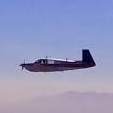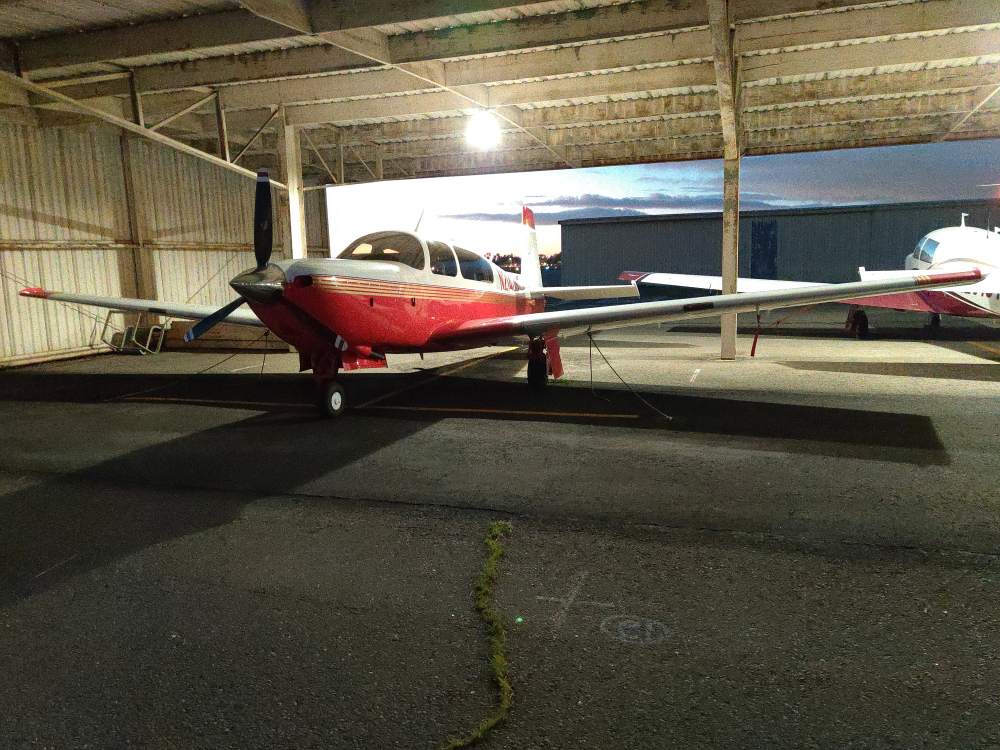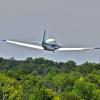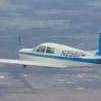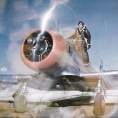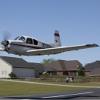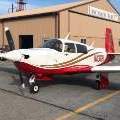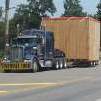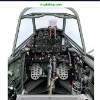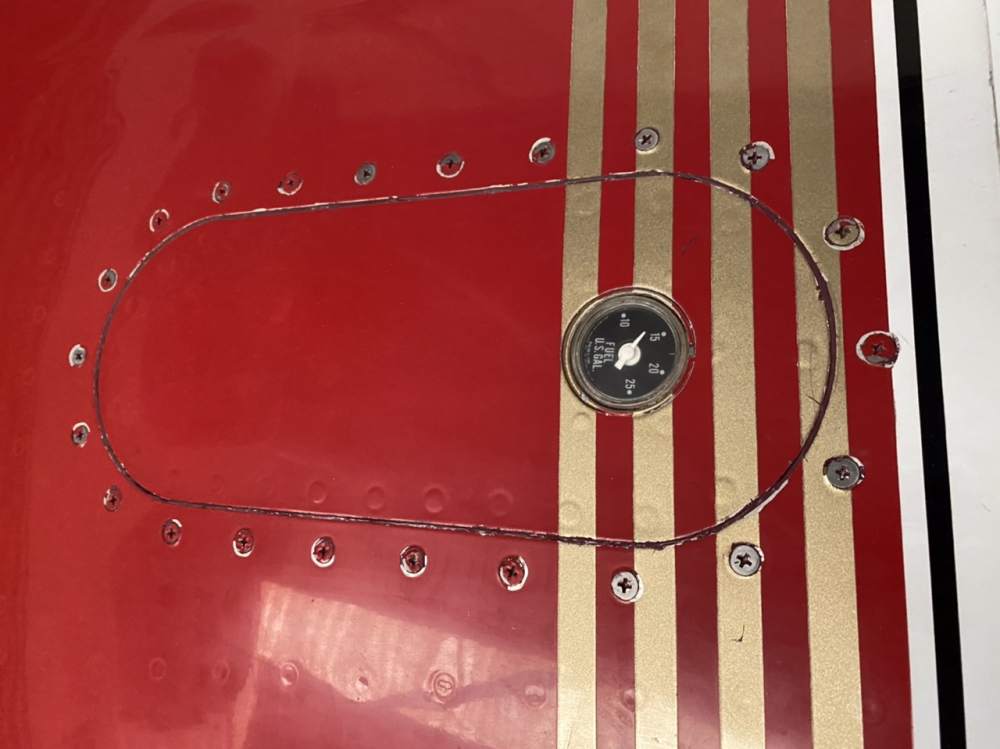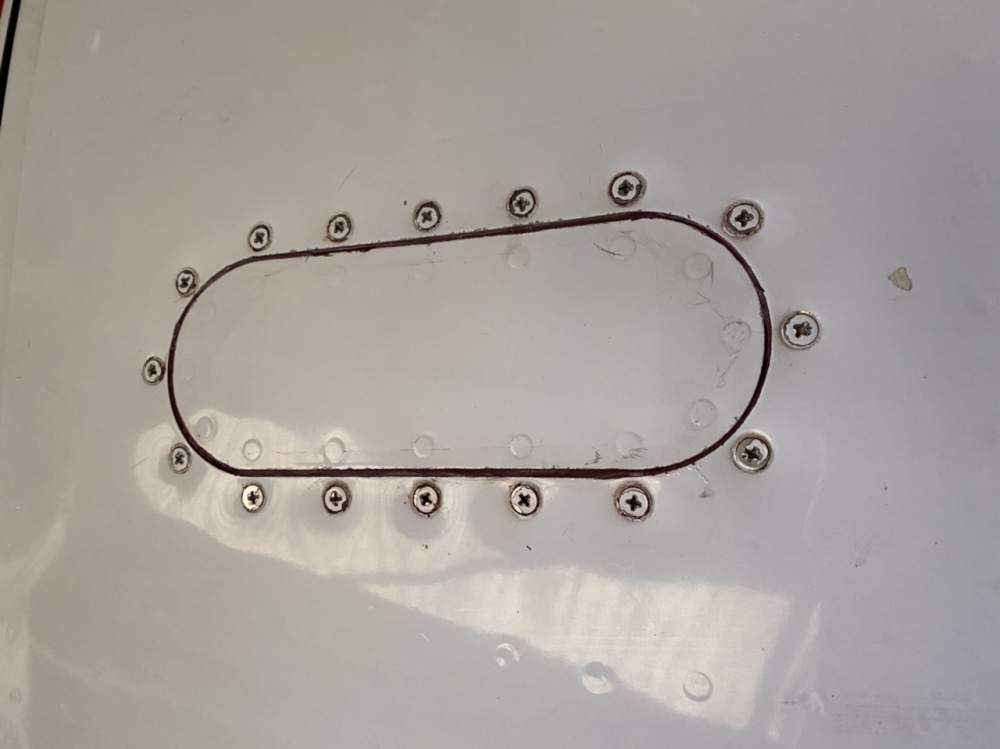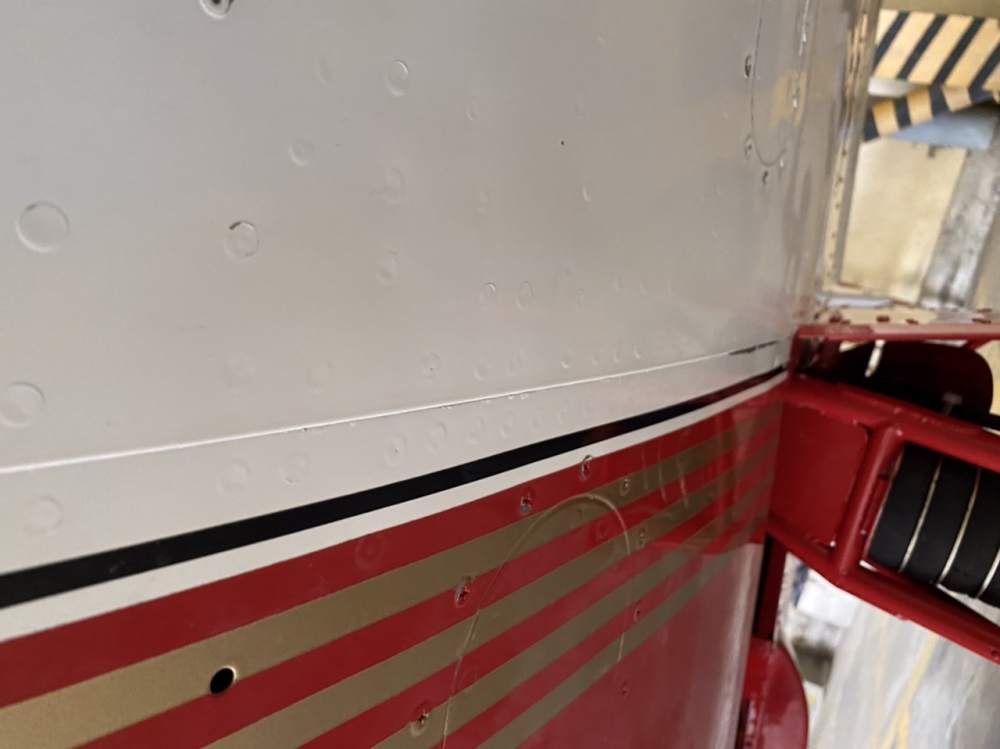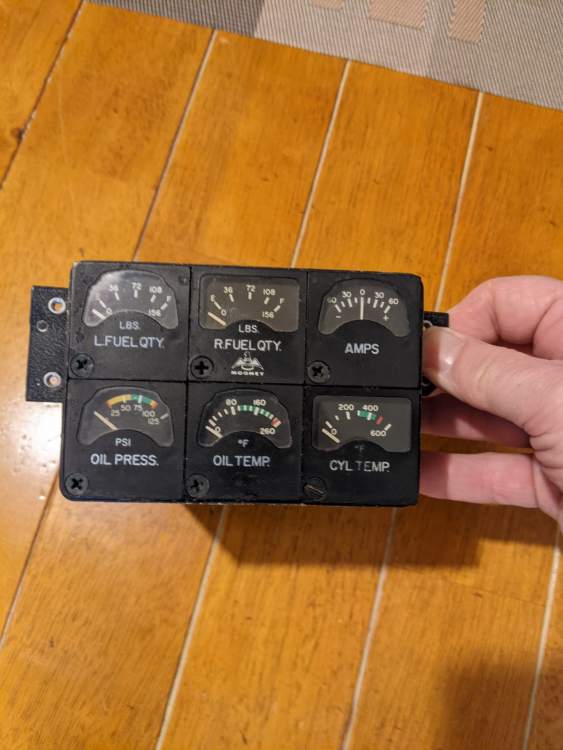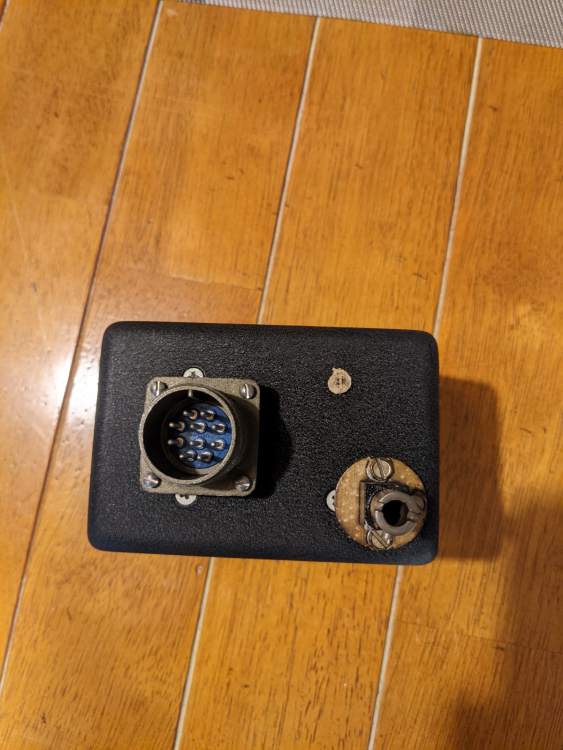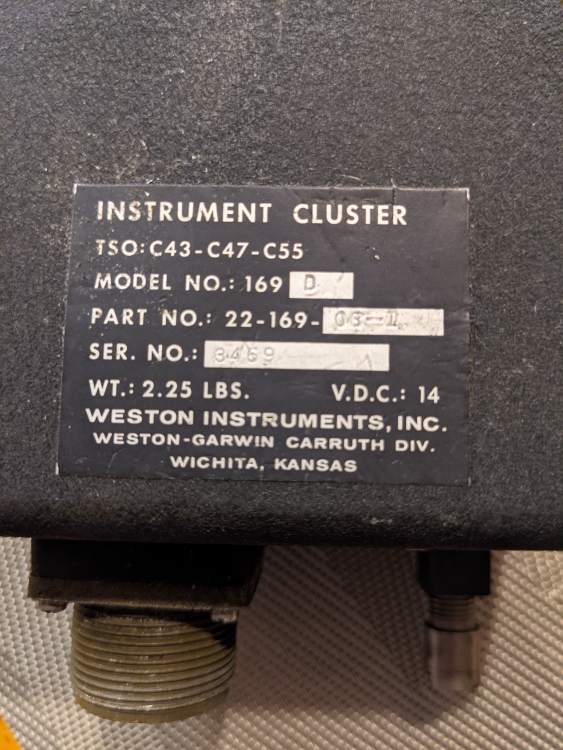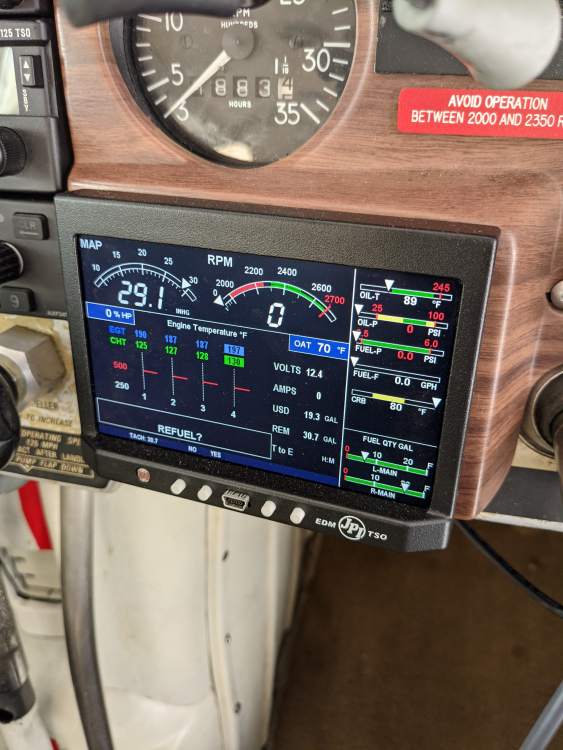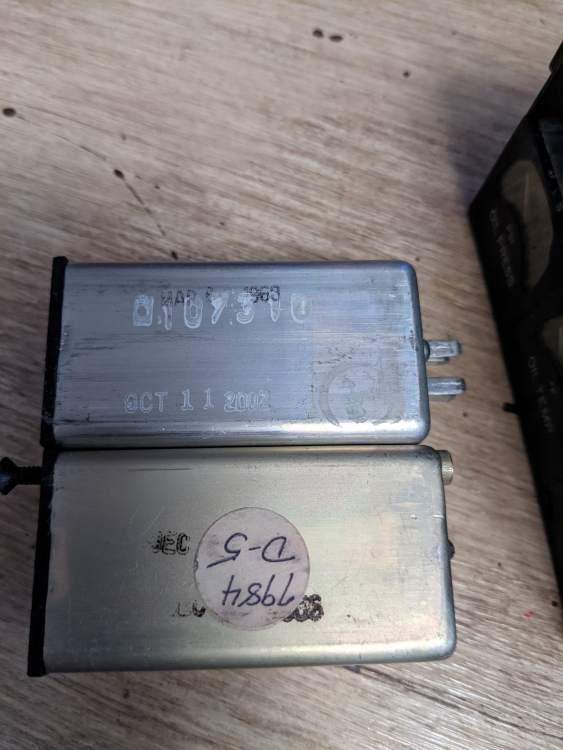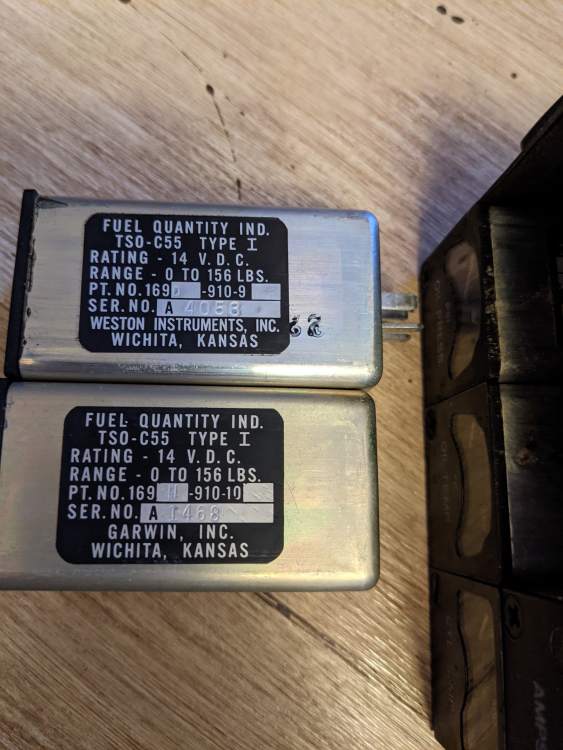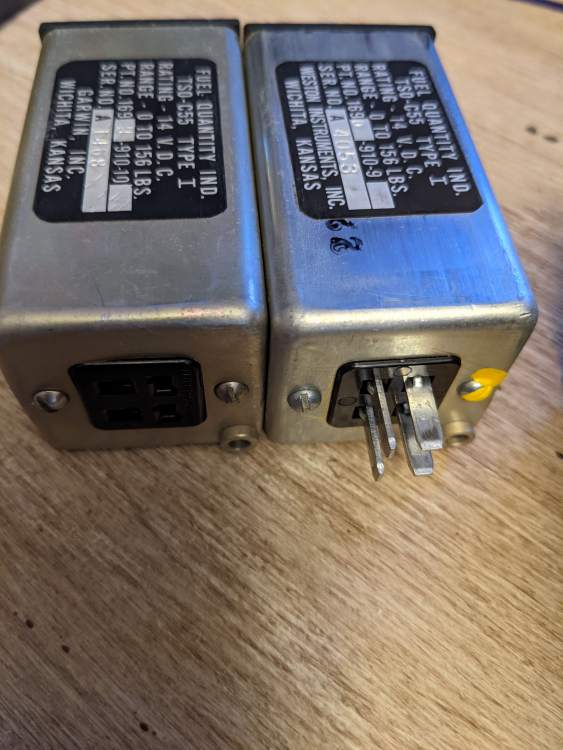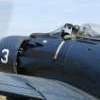Leaderboard
Popular Content
Showing content with the highest reputation on 02/20/2021 in all areas
-
Hi everyone. I can finally stop kicking tires and truly be part of the club. Eternal thanks goes to Richard Simile and Don Kaye for their expert guidance and sticking with me despite my numerous questions! I could not have done this without them both. I am extremely pleased with this purchase. Now I need to build time and experience. Another thank you goes out to others in MS who answered questions and helped me home my selection. I hope I can pay back. Freddy5 points
-
I am not sure how many of us on Mooneyspace have actually contracted COVID, I was defiantly one of the unlucky ones! mine started out as pretty benign, just mild flu symptoms. By the end of the first week I was in the emergency room, they pumped me full of steroids', magnesium and several other things. the next couple of days had me thinking I was on the mend and would be back to normal. then I went down hill, I apparently went into a mental fog, spent most of my time sleeping, and although i was up moving around I do not really remember about 4 days. my doctors put me on a Z pack a week after my emergency room visit, and I probably would have ended up in the hospital had I not come out of my fog. once I did I improved every day, I am still dealing with the pneumonia but finally able to get back to normal routines. The funny thing about contracting the Virus is I'm not exactly sure how I got it. I was pretty much isolated preceding it, the only place I was outside of work was when my wife and I went out for dinner (right time frame). Thankfully no one I was in contact with got the virus from me especially my wife, I couldn't imagine both of us being sick at the same time. especially knowing how much she was doing just taking care of me, I am surprised we do not have to replace the washer and dryer. Brian4 points
-
My plane has been down for quite a while. Probably another month or so. Mostly flying other people’s planes. So by your criteria I’m a total looser4 points
-
As long as the paperwork doesn't require it, you won't notice anything off center after an hour of flight.4 points
-
Steps have some attraction to the older aviator. If you plan on aging or selling to one who fits that category, the option for a step might be worthwhile. In my youth I once was able to do a spin-leap onto the wing of DC-3. Now I sometimes wonder how I will get up from sumping the fuel . . .4 points
-
It's gonna be a halfway warm weekend! Yaay again! I'm going flying tomorrow! Yaaaaay, Me! Anyone going anywhere in AL, GA or FL panhandle??? Flying with friends is much more fun.4 points
-
The crank snout and prop attached to it are closed, with an inlet exposed to the pressure created by the governor. The piston inside the prop hub moves to equalize pressure between the input oil and the prop spring and prop forces (mostly the centrifugal twisting force). If the prop forces pushing back on the piston exceed the input pressure, it'll push the oil back out, and it'll either go out around the bearing journals or back through the governor (or both). The inlet to the crank snout is in the same bearing as the normal oil galley feeds to the #1 journal, and the governor feed comes in between the other two galley feeds. On the passenger side of the front of the engine you can see the hard line that brings the governor output pressure from the accessory case and feeds it to the middle of the main bearing. There's not any seals between the middle part supplied by the governor and the ends between the normal galley feeds other than the normal bearing clearance. A groove makes the governor oil prefer the route into the hole in the crank snout to drive the prop, but otherwise it can escape around the bearing clearance, and does. It is an expected relief path for the prop oil, but if there is additional excess pressure from the prop the oil can return to the prop governor and potentially even back to the main oil pump. Pic of the split main bearing below. The end parts are the normal clearanced bearing surfaces fed by the main galley supplied by the oil pump. The governor pressure comes into the center part, which has much larger clearance and feeds the hole in the crank snout that is in that region.4 points
-
I see now that Dr. Susan Northrup has been appointed the new Federal Air Surgeon. I hope to see good things coming as she was the SE regional and before that worked for the airlines getting pilots back in the air. She wants to move away from snail mail to e-mail and getting faster responses. From what I have seen of her in the past, she has a pretty common sense approach so I hope things will improve.3 points
-
I guess that kicks out the cfi’s since we fly different n numbers all the time3 points
-
That's actually not a bad idea... My plane's been down since end of Sept. so you can ignore everything I post3 points
-
3 points
-
One of my favourite topics. I know people are skeptical, but we actually did some testing and on an old Mooney it is significant. Depending on your target speed the penalty of the step is 1 to as much as 4 kt. 4kts is WOT and trying to achieve true max cruise speeds. 1 kt is at slower “loiter speeds”. The reason is not purely the drag caused by the step....which is significant, but also because it puts the aircraft out of optimal trim. You can see this by looking at the ball with the step up vs down. With the step down you will induce an out of trim condition which impacts best cruise speed. You could of course keep your foot on the left rudder to counter this, or one could rig it out if strapping the step down. I would estimate the the speed penalty is about half drag and half trim. So, for as much money as we spend on Mooneys to go fast, this can be quite a penalty. You can see said speed comparison in a video on our web site....but it is like watching paint dry. (Correction...video is not linked in this version of web site, but I can dig it up if someone is interested). By the way, modern long bodies have a shorter step due to the ground posture of the aircraft. They are also more aerodynamic and sit more in the wake of the wing. All this accounts for a much smaller speed penalty.3 points
-
3 points
-
Do it in the Mooney, particularly the 40 hours of hood time. You’ll grow your retract time quickly and earn an IFR discount as well. Some insurances will allow you to prorate a discount based on hours mid year if you gain the experience.3 points
-
I will have a life long resentment against AOPA finance. The banker they put me with said point blank “you can’t afford an airplane.” After lecturing him with a sharp tongue, I hung up on him, went thru EAA’s preferred vendors, had the money right away, and never missed a beat. I’ve also barred any banks that denied me capital loans in starting my business the opportunity of ever getting any of my future business. One of my petty grudges I choose to keep up. =) end rant3 points
-
The fact that FAA hasn’t made certification for modern engine gauges a simple process is one of the most frustrating things. Lose attitude indication- might die. Lose airspeed indication, might die. Auto pilot malfunction/trim, might die. Lose RPM reading, shrug shoulders and fix as soon as practical. Lose fuel level, same. Lose MP, same. Lose oil pressure, cautiously land. WTF? EDM 830- not certified. Insight products, etc etc. Tell me those aren’t as good as the trash still existing in the retro fleet. I’ll wait.3 points
-
This might be a little crass, but what the heck. I'll come forward and mention it. I've found that when I'm looking at advice and posts and I'm wondering about "how good or accurate" that advice might be, I harvest the commenter's tail number and head over to flightaware to take a look at their recent flight history. Shallow - yes. Invasive - yes. Illuminating - yes, I think so. Anyone else do this or am I the only scoundrel?2 points
-
My wife and I got it through Christmas and New Years and we were very lucky. We both had it very light. Had colds much worse than this. It was an excuse to sit, isolate, and watch movies without any guilt. The worst part was losing taste and smell and not lose any weight.2 points
-
2 points
-
I suspect a lot of the lore about cycling props a number of times to get warm oil into the hub is left over from World War II. Many World War II aircraft were equipped with Hamilton Standard Hydromatic propellers. Hydromatic propellers have a large hub with a lot of surface area that must hold a couple of quarts of typically 120W oil. It can get pretty thick when it's cold. These props also have a double acting piston, so oil coming in on one side pushes out the oil on the other. It was standard practice to cycle these props a few times until the response became acceptable. I think it's likely the pilots just carried over the procedures from their military days when they took up civilian flying after the War. Skip2 points
-
Knock yourself out having your mechanic list six pages of discrepancies. As a seller my only responsibility is to deliver an airworthy airplane. I'll have the one or two issues identified as airworthiness addressed but the other 43 things are on the buyer. Too many buyers, especially first time buyers expect the seller to fix everything found on a pre-buy inspection. Sorry, this is a 50 (or 30 or 20) year old airplane. If you want factory new, you need to buy factory new.2 points
-
The H means the head is drilled, the A at the end means there is no hole in the threaded end for a cotter pin.2 points
-
And yet so many 337s get filled out and STCs sold for things that aren't defined as major alterations...2 points
-
It’s funny because I sent him a piece of the door seal five years ago and had 30 people lined up for deposits and that whole thing blew up too. The gift keeps on giving, because my door seal was now too short to use for a door seal, I used it for the baggage door. Then when I ordered a cabin door still two years ago the BA706M seal from Brown changed suppliers , and it’s like flat and crushed and that was crap too so now there’s no door seal options2 points
-
2 points
-
https://www.advancedpilot.com/articles.php?action=article&articleid=1838 "Remember, 50°F ROP is the worst possible mixture setting from a detonation standpoint, from an overall heat standpoint, and from a stress standpoint, because the peak pressures are occurring very soon after TDC, beating on that poor piston like the hammer of Thor." good read I think Disclaimer I was supposed to paste the whole article apparently, but I think linking it keeps the spirit of the Author's intent.2 points
-
Unit, What’s the big deal... You have no fear of the virus... Other people do... I get it. Let’s not be mean to everyone because you don’t live in fear... It turns into an I’m better than you are argument faster than you can type... Its as fun as my plane is better than yours... Kind of takes the fun out of being part of MS... Its the weekend... yay! Best regards, -a-2 points
-
The impulse coupling lag angle is 5 deg less than the advance, so I believe it fires at 5 deg BTDC in either case. Skip2 points
-
2 points
-
I misunderstood your comment as suggesting that the higher C/R engine would benefit from more advance than its stock C/R brethren. Misfire on my part. I too would like to see the Lycoming's original data but my guess looking at Nigel's data is that 100ROP was their target mixture setting. My next guess is that for certification, 25° was found to be the best combo with consideration to power, temperature and low RPM operations. The SI you posted baffles me. I have never found the IO360 to be a challenge to cold start whether timed to 20° or 25° BTDC. I'm sure I wouldn't be able to discern the difference if I was not told.2 points
-
When looked I saw a number of examples that had undergone a step-ectomy. Kinda like a Mooney bris in a way.2 points
-
2 points
-
I think that comes off a bit rude and naive. I don't think it's right to judge people for being afraid, considering that nearly half a million people died from it alone in the USA. I am under 30, in shape and not overweight, not diabetic, and have no known heart issues ( that I know of), so the risk for me is practically non existent. That however does not apply to a good amount of people that I know. Nearly everyone on this board can financially afford to get covid. We all own airplanes. Most people don't and most people can't afford an airplane, let alone taking paid time off, or the cost of getting sick and needing help without insurance. Every time I want to go somewhere, I hate the idea of wearing a mask, or social distancing, or having to get food to go, but I deal with it and do it for other people. Not everyone is as financially stable or healthy as most of us are on this board. Just offering a different perspective to look at it from.2 points
-
Hopefully this'll help as it sounds like we have the same cluster. As-removed from my 1968 G at last annual, replaced with an EDM900. EDM 900 pic included to show that it's a near-perfect fit where the original cluster goes. All gauges were working when removed and I plan on listing the whole set for sale along with the working as-removed fuel pressure/manifold pressure gauge. Engine is a Lycoming O-360-A1D, 26 gal tanks. The individual fuel gauges have different part numbers and different electrical connections as one is male, one is female (see pics). If you want to verify part numbers, the individual gauges can be easily removed from the front by unscrewing the single screw holding it until the screw is loose, then pull on the screw itself to slide out the instrument. The left fuel gauge shows a stamped date of Mar 6 1968, with an additional stamped date of Oct 11 2002 which I assume is a rebuilt/refurbished? date. The right fuel gauge has a handwritten sticker on it covering the original stamps and I know not what it means.2 points
-
Life changes, no matter how much we might not care for the change. I am very sad to hear this news. This is quite shocking. Stacey was an incredibly huge part of the Mooney legacy through so many transitions over so many years. He is, and was one of the “Boots” stars of our movie about the wonderful people who built Mooney and stuck with the factory for years and years, through it all. Stacey was a completely dedicated employee for the Mooney legacy. He was the main glue that helped keep all together. One could not ask for a more dedicated person. What a HUGE loss!! I’m sincerely hoping Stacey has found another path that will make him very happy. Thank you Stacey Ellis for all.2 points
-
The original manufacturer is Garwin Carruth, who sold this branch of digital instrumentation in the 80s and still exists under the name Sigma tek. The garwin" gauge cluster " is no longer manufactured nowadays but the plug-in indicators in this cluster are still available. These are the cluster gauges reference 169 L of which here is the link. For volume gauges, they are adjustable according to the resistance of the sensors and the graduations are either interchangeable with your model or to be specified in your order of new gauges. http://www.sigmatek.com/cluster_gauges.html2 points
-
The reason I use FlightAware the most, is when someone asks me about a Mooney for sale. Again, it's not a perfect system, but if I look up the N number on FlightAware and it shows up as flying all over the country, two or three times a month, you know it's flying regularly and that's a good thing. Otherwise... I really don't use it at all. One problem/reason is that there is some Baron in Mississippi or Tennessee that is squawking my N number on FlightAware all the time. It's really annoying.1 point
-
Your measurement, "recency" has nothing to do with level of experience, or intensity of experience. Some people learn in 200, some never learn in 20,000. Further, if you want opinion, that is often situational. I can regale dozens of stories of 20,000 hour four stripers arguing over what is a "suitable airport". Great minds can differ on fundamental issues. All you have to do is go over to the thread about touch and goes. You can find good arguments on both sides, some are more conservative, others not so much and have some experience they believe to proves their point.1 point
-
1 point
-
The step wasn't installed on very early J models and I think was an option for a while. I think it'd be a minor alteration, but your IA's opinion is the one that matters.1 point
-
Thanks for the pics. It makes sense. So given your understanding, do you cycle the prop on the ground to get fresh, warm oil into the hub?1 point
-
For impulse couplings it depends on the application and the lag angle (I believe some applications fire slightly ATDC). SOS systems are typically set to retard the timing to TDC.1 point
-
It's not a closed circuit, though. Some of the oil under pressure from the governor can escape through the main bearing at the crank snout and back to the sump. If the oil is hot and less viscous than usual it might make that trip more easily than it normally does, and since the prop spring and centrifugal twisting force are constantly trying to put the prop back to fine pitch, if the governor can't keep up with the leakage through the bearing the prop will go to fine pitch and potentially overspeed.1 point
-
This fuel gauging tool came with my plane when I purchased it. After seeing others post about using paint stir sticks to try to gauge their tanks, I thought I should post information in case anyone wanted to make one of these for themselves. Mine is fabricated from aluminum sheet metal and painted black. As you can see, it’s angled so that it protrudes into the tank towards the wing root. Gauging markings are scribed on both sides and labeled right/left. I have checked it many times when refueling and have found it to be generally within a gallon. However, I have not drained the tanks and checked it while refilling. I have standard 52 gallon tanks. Feel free to ask any questions.1 point
-
The magenta chevron turned sideways indicates you have VNAV rather than LPV which would instead show a magenta diamond for a glidepath. A green diamond indicates a glideslope on an ILS. They have not really changed anything. See section on Deviation Indicators under Flight Instruments chapter on page 42 in original manual.1 point
-
Welcome Stuart Do you have a Cherokee to trade? My friend has a C model that he might trade in the classified ads here on Mooneyspace. Good lesson on insurance in the same thread...1 point
-
the cam probably isn't worn, it is probably the follower on the points. It is plastic and wears. If you reset the points, you can easily get the last 100 hours out of it.1 point
-
Skip, I think you are more knowledgeable on this particular subject than most people on this forum! You should give the 25 timing a try and let us know. I don't have a Surefly but now I'm curious. I'm just still disappointed that you can't replace both mags with a modern solution. Not sure I see the point of variable timing with one magneto and not the other. I maintain a fleet of Austro diesel powered electronically controlled Diamond aircraft and they work just fine. Add a separate power source (the Diamonds have a dedicated back up battery for the ECU) and you could have a modern, reliable ignition system.1 point
-
I was airplane crazy as a young child. Growing up didn't change it . . . Moved from plastic models to balsa and tissue, failed the Navy flight physical for not having 20/20 eyesight, added engines to models then RC, then found I could fly as a civilian! And that's all she wrote--made that 95 Accord last until 2012, when I inherited a 2004 Ranger which I sold a year ago. Not paying for some things allowed paying for other things instead.1 point


